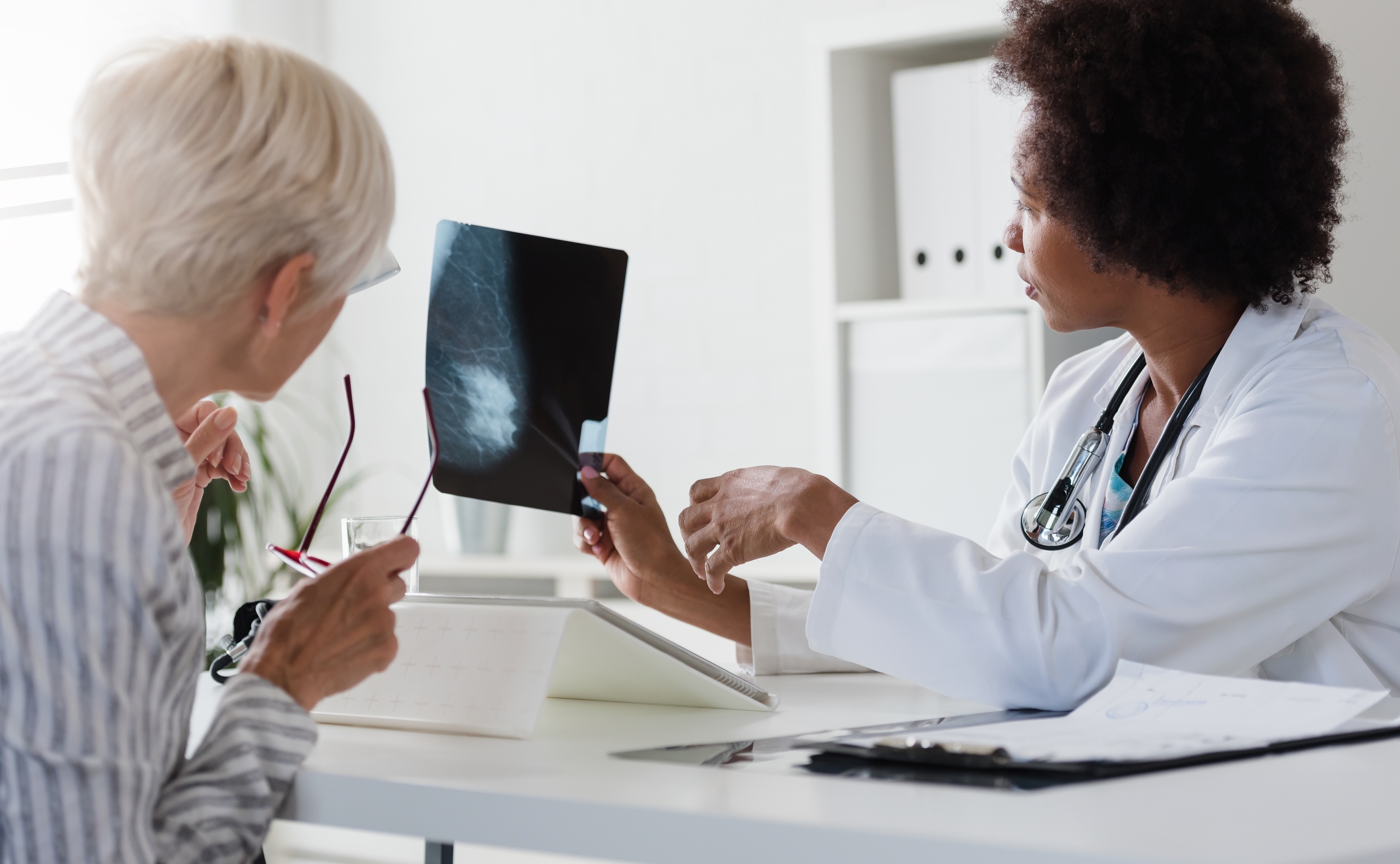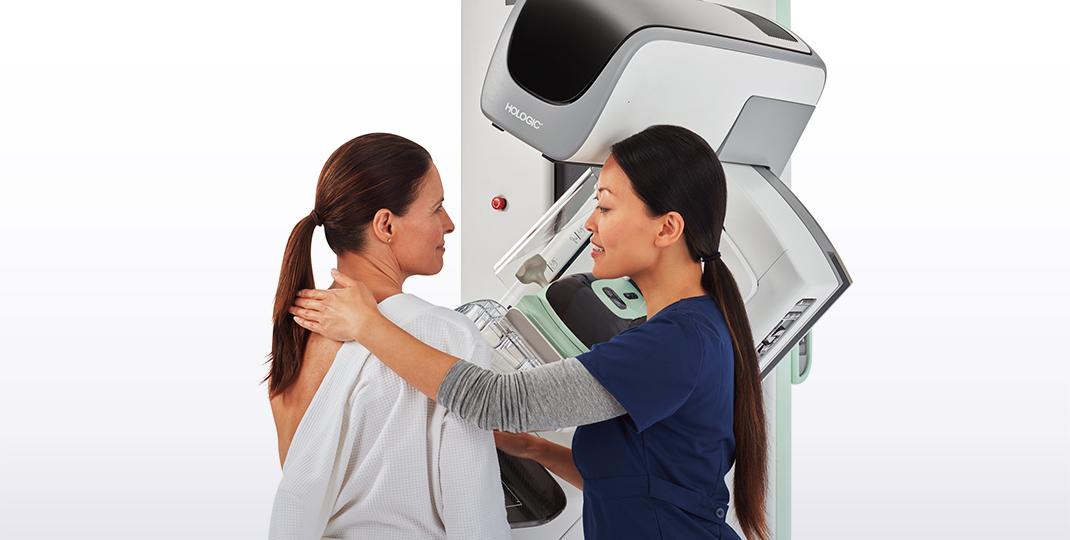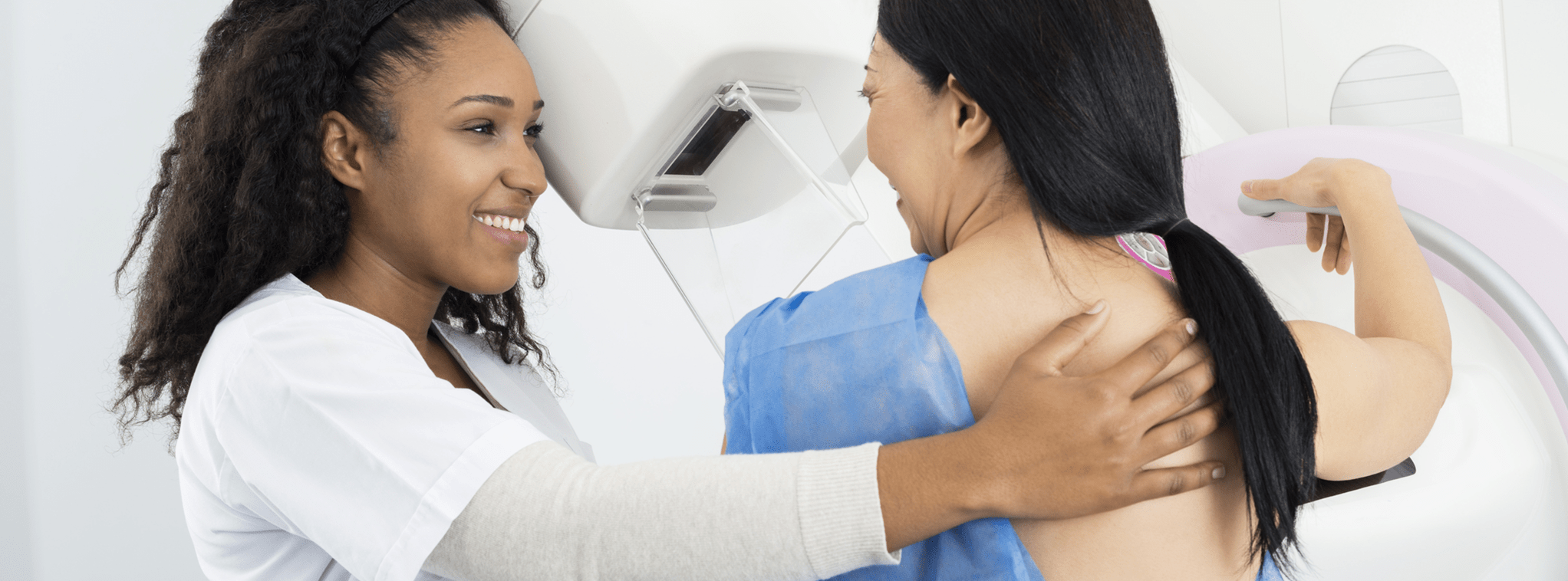Advancing Genius® 3D Mammography™ as New Standard
Get your breast cancer checkup. Please. It’s Breast Cancer Awareness Month. Breast cancer screening cannot prevent cancer, but early detection may save your life.
October is Breast Cancer Awareness Month, and Hologic (Nasdaq: HOLX) Chairman, President, and CEO, Steve MacMillan, was honored to ring the Nasdaq opening bell on October 4.
The annual campaign was established in 1985 by the American Cancer Society in partnership with Imperial Chemical Industries (pharmaceutical division). The purpose is to raise awareness of the impact of breast cancer and show support for those affected.

Encouraging Breast Cancer Screening
In 2015, LMS and Hologic partnered to create a unique patient journey. LMS’ technology allows patients to find their closest Genius 3D® exam facilities, create appointment reminders, and receive information.
Patients now know where and when to set up a more comfortable and in-depth Genius® 3D Mammography™ exam. According to a 2018 article by Dr. Shadie S. Majidi for the Medical College of Wisconsin, 3D mammograms can detect up to 40 percent more cancers than 2D[1].
“We can find cancers that we would not have been able to find with 2D,” Dr. Majidi said. “The 3D exam will often detect cancers at an earlier stage, which typically gives women treatment options and improved outcomes.”

Traditional Mammograms Do Not Work for Everyone
Zanna Cruz of Orlando had a negative mammogram in October 2018 but found a lump on her breast five months later, which proved to be cancerous. It is uncertain if she showed signs in 2018 or whether a 3D mammogram would have found it. Still, she feels a more thorough exam would have spared her a harsh treatment and recovery, which will continue for the rest of her life.
“It was a screening mammogram,” she says today, having gone through a double mastectomy, chemotherapy, and radiation. “If they find anything else, they call for a diagnostic mammogram and ultrasound. That’s when we got it. After that, they did the biopsy.”
Age and family genetics are the most common risk factors for breast cancer, but anyone can develop it. Most medical organizations recommend women over 40 of average risk have an annual mammogram.
Cruz, at 52, had been going for her mammogram each year, aware that her mother and grandmother died before age 60 of breast cancer-related causes. She also had dense breast tissue. As it turns out, she tested positive for the BRCA1 mutation and developed “Triple Negative” cancer in one breast. Because of her genetic predisposition, her doctors recommended a double mastectomy and more aggressive treatment.
It’s nearly two years since she “rang the bell” following six months of chemo. She maintains a rigid schedule of exams and physical therapy to keep an eye on her condition and preserve strength. It can be overwhelming at times, but she’s determined.
Cruz remains an advocate for women to get yearly mammograms and seek more thorough exams. She hopes a better technology will become the standard for all women.

Don’t Call Us Breast Cancer Survivors
“I don’t like the word, ‘survivor,’ or ‘remission,’” she adds. “There is no cure. We are fighters, or, as my doctor says, we are ‘soldiers.’”
LMS and Hologic urge women not to underestimate the importance of mammograms and breast cancer awareness. More than 4,000 Genius® 3D Mammography™ systems are available in the U.S. Please click the Genius link to find one near you and get your screening ASAP.
Breast cancer screening may not always tell the whole story, but it is a whole lot better than hoping for a happy ending.
